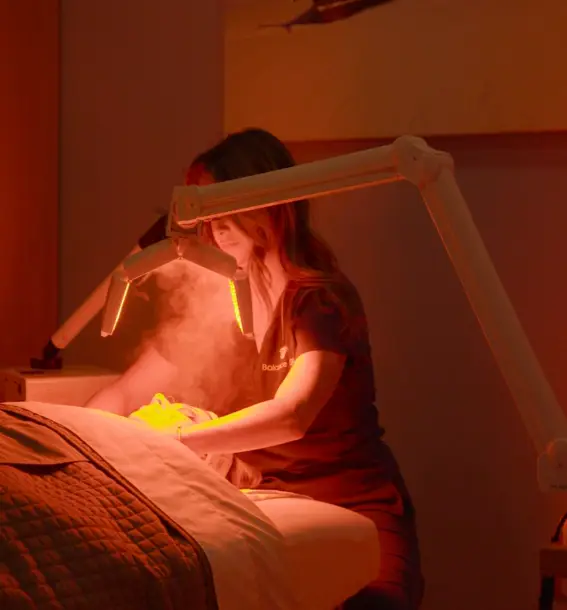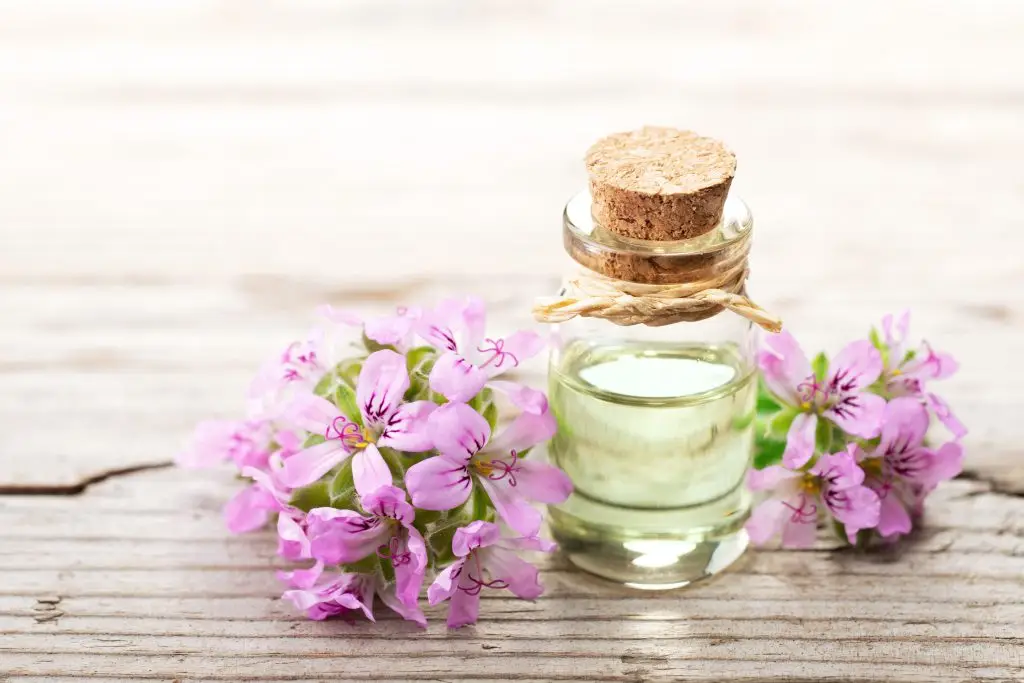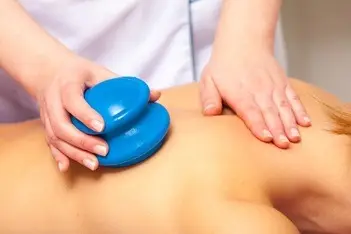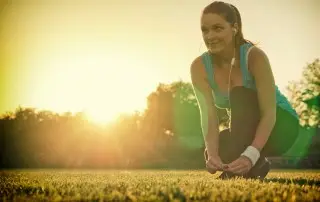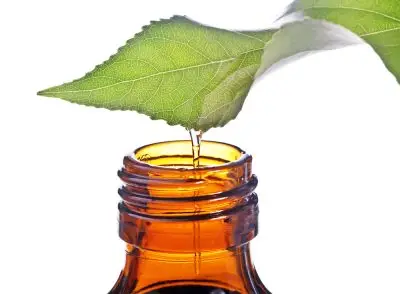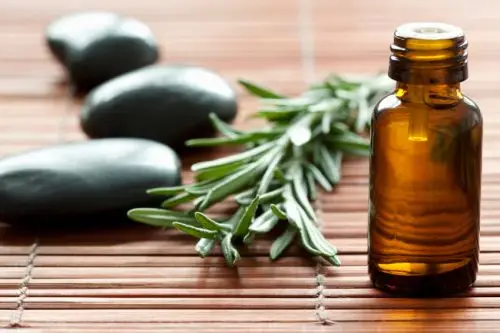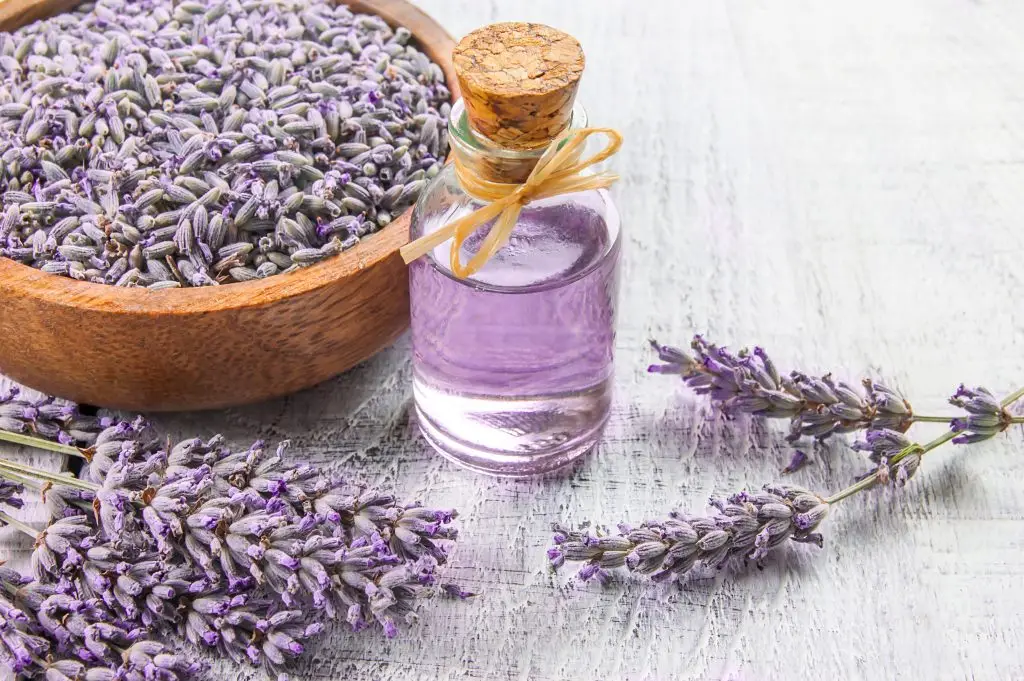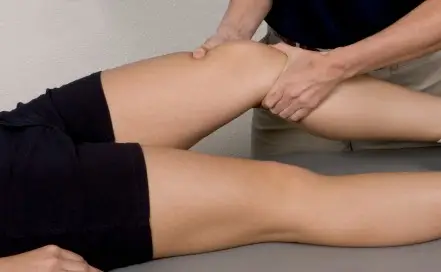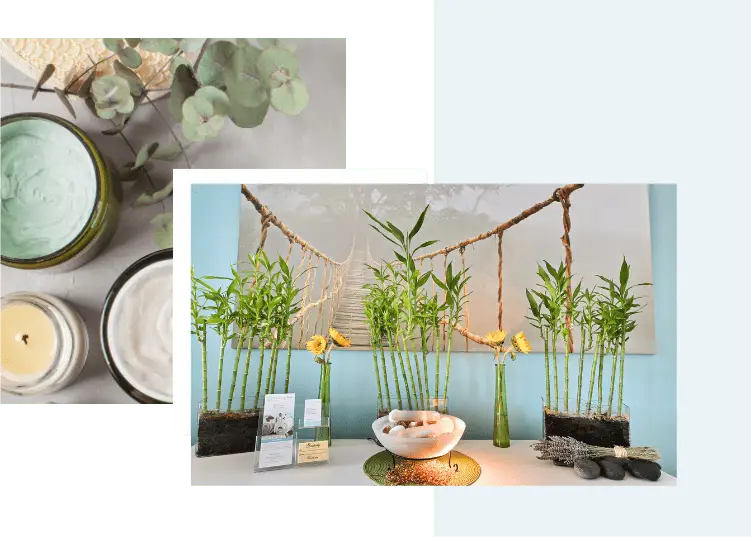Why Choose LED For Your Facial Treatment?
LED Facial For Acne, Wrinkles & More You may have heard of the relatively new scientific-sounding technology called LED. LED (which is short for “Light Emitting Diodes”), is FDA cleared for the treatment of facial wrinkles and pain in the body. Many day spas and medical spas are using LED light therapy to treat aging skin, acne and muscle/joint aches/pains. Research has shown that LED phototherapy can: Because if it’s well known healing and anti-inflammatory properties, phototherapy is used in many clinical settings. At Balance Spa, we use the LIGHTSTIM PRO PANEL for our professional LED Facial treatment and in other treatments. The LightStim ProPanel Anti-Aging Light works synergistically with other treatments to help tone the skin and product a radiant glow. In FDA clinical studies 100% of participants showed improvement in their fine lines and wrinkles in just 8 weeks! The Anti-Aging Pro panel four wavelengths: LED: At Home And At The Spa Fortunately, LED can be done daily in the comfort of your home or when you are relaxing for your facial treatment at the spa. LightStim make powerful at home, hand-held LED lights, for purchase in our retail store at Balance Spa. The Anti-Aging light retails for $249 and the Acne Light for $169. Basic LED Facts In short, a LED treatment is the application of light energy (photons) to your tissue to gain therapeutic benefit. Each light emitting diode contains a tiny computer chip encased in glass. Each LED wavelength (color) of light provides unique therapeutic benefits. LED is non-invasive, painless and requires no recovery time. LED light is great for all skin types and designed to emit a soothing gentle warmth. As photosynthesis is used by plants, so LED energy is used by the body to as energy to stimulate the body’s natural restorative processes. LightStim emits UV-free beneficial light rays that can help reduce and eliminate fine lines and wrinkles, destroy acne-causing bacteria, and assist the body in its inherent pain-relieving process. LED Facial Treatment For Acne The LightStim professional Acne Light destorys acne-causing bacteria (propionibacterium acnes) to minimize future breakouts. The home-use hand-held light uses two wavelengths: Additionally, it reduces redness and treatment time is only 3 minutes per area. During our acne facials at Balance Spa, we use the hand-held Acne Light after performing extractions to kill bacteria and reduce redness. Naturally Erase Wrinkles with a LED Facial Treatment During the process of aging, our skin loses its plump youthful appearance allowing fine lines and wrinkles. LightStim provides rejuvenating wavelengths for light energy to treat fine lines and wrinkles. When using your hand-held LightStim at home, you can help to recapture that plump, youthful appearance. To see these type of results, use your light 5 – 7 days per week for 3 minutes per area of the face. LED For Aches, Pains & Wounds Indeed scientific research shows that LightStim LED relieves arthritic pain, muscle and joint pain and stiffness. Firstly photoacceptors in the mitochondria absord the powerful and deeply penetrating wavelengths. Following, this process increases the production of adenosine triphosphate (ATP) -the fuel that drives all cells. Finally, it is this boost of cellular energy that results in a cascade of metabolic events leading to an increase in micro-circulation, tissue repair, and a decrease in swelling and pain. The Professional Pain Light by LightStim uses four wavelengths to achieve efficacy: About LightStim Although doing a quick Amazon search will display many interesting looking LED devices sadly, many of them are not based on legitimate research. For this reason, LightStim is the brand of LED equipment we use at Balance Spa. We believe that using professional, proven LED equipment is essential to achieving results. It is not surprising that LightStim is the number one choice for Dermatologists, plastic surgeons and health professionals. As a result of their two decades of experience, patented technology, certifications and FDA Clearances, LightStim set themselves apart from their competition. Scheduling Your LED Facial Treatment Lastly, to find pricing and details about our LED facial treatments on the facial treatments page of our website. Book online here or call us at 561-208-8111.

